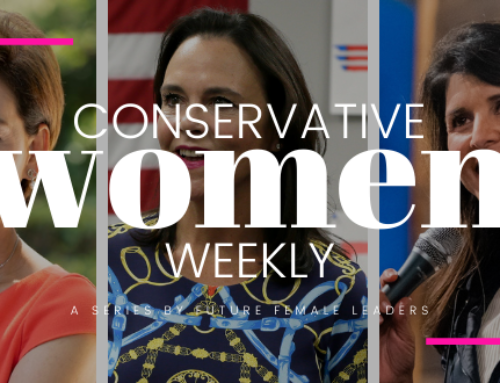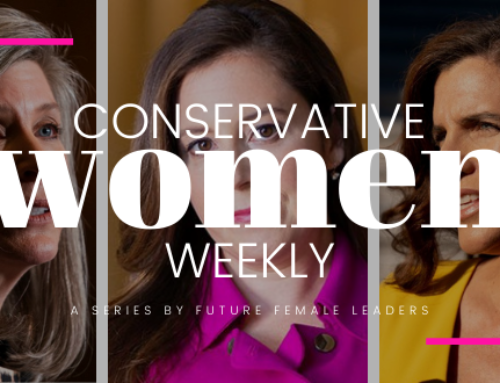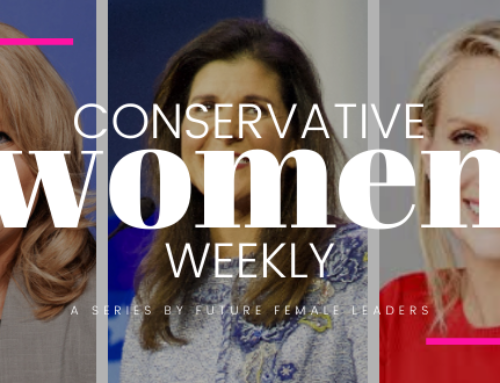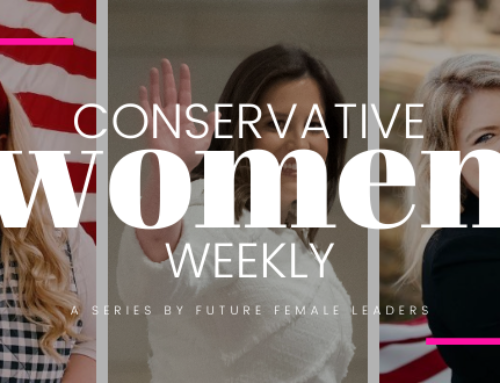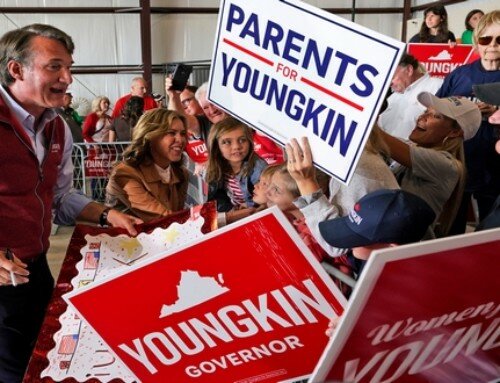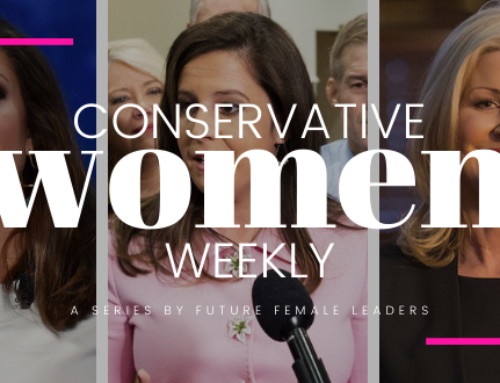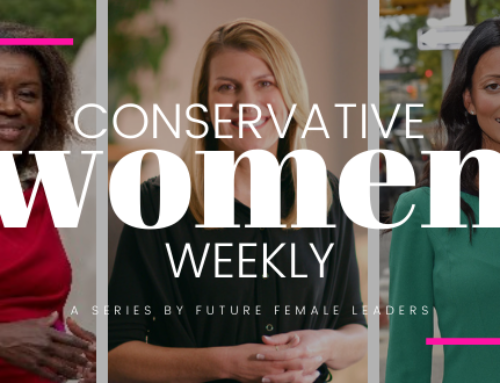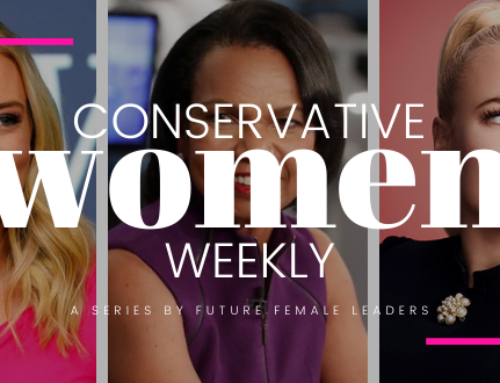Within the past few months alone, Americans have been banned from worshiping in groups, the Left ridiculed the Little Sisters of the Poor’s fight for religious liberty, and there was major backlash surrounding Sister Deirdre “Dede” Byrne’s outspoken support of President Trump at the 2020 Republican National Convention. And with the President’s nomination of Amy Coney Barrett—a practicing Catholic—to fill the seat on the United States Supreme Court, religious discrimination and misunderstanding are once again at a high. All too often, “What about ‘separation of church and state’?” is spat in the face of religious Americans, and yet far too few people actually know what that phrase means or where it appears.
Originally coined by none other than Thomas Jefferson, “separation of church and state” appeared in his 1802 letter to the Danbury Baptist association. Thomas Jefferson was serving as the President at this time and was responding to the concerns of the Danbury Baptists that “that no man ought to suffer in name, person, or effects on account of his religious opinions,” yet “what religious privileges we enjoy (as a minor part of the state) we enjoy as favors granted, and not as inalienable rights.” He cited the First Amendment, saying that “legislature should ‘make no law respecting an establishment of religion, or prohibiting the free exercise thereof’” and eloquently proceeded by stating that the Constitution therefore “build(s) a wall of separation between Church & State” to protect their liberties.
Unfortunately, it is a common misconception to believe that this famous phrase was written in the Constitution. Even though it was not, the ideal of a separation of church and state is one that must be upheld, for as Thomas Jefferson pointed out, it is the intent of what is written in our Constitution (now via the Establishment Clause and the Free Exercise Clause). The Supreme Court has even cited Jefferson’s letter in multiple cases.
But why is this phrase used against religious groups, when it was clearly written to reassure another religious group of its freedoms? Good question. More often than not, “separation of church and state” is used in hopes of diminishing a religious person’s free exercise. But to insinuate that “separation between Church & State” only means that the church must stay out of state, is wrong. This is a twofold statement; not only does this lawful “wall of separation” keep the church out of state, but equally the state out of church. Jefferson phrased this statement not to say that religious people must stay out of government, but rather to comfort and encourage religious Americans by proving that they all can be openly religious, no matter their faith, denomination, or sect.
It is vital that the duality of our First Amendment is understood in order to protect all religious identities in America. We must remember that the government cannot establish a religion, but also that whatever religions our fellow Americans do practice are not inhibited or shamed in the name of the law. While the government cannot favor one religion above another, it also by no means prevents religious discussion or a person from basing their beliefs off of religious convictions. And the law certainly does not prevent religious citizens from serving in office. Nowhere does the law require or prohibit an American from intertwining his or her political ideals with religious morals.
Eboo Patel, a prominent interfaith leader and founder and president of the Interfaith Youth Core, repudiates the idea that an American’s “religious discourse (must) be limited to the private sphere and kept out of political discourse” to prevent the contradiction of two “comprehensive doctrines.” On the contrary, Patel argues that supporting the intersection of religious and political values is at the core of American democracy and even integral to upstanding chapters of American history, including the abolitionist movement and the civil rights movement. As he wrote,
“Democracy is about the freedom to advance your deepest personal convictions in public life…. A healthy religiously diverse democracy is a society where people who disagree on some fundamental things do so without violence and in a manner where they are still able to work together on other fundamental things.”
Patel built off of the ideas of Nicholas Wolterstorff, who wrote that “(religious peoples’) religion is not, for them, about something other than their social and political existence; it is also about their social and political existence.” So, while no religious person in public office may force their faith on another person, it would be a denial of their religious freedom to force a public official to separate their own religious and political worldviews.
To cry “separation between Church & State” as one’s evidence to prevent a religious individual from speaking on a political stage, from basing an opinion upon religious morals, from running their own business, or from serving on the Supreme Court is to sorely misunderstand this phrase’s origin and intent. This phrase upholds one’s right to voice religious opinions in private and public spheres without fear of retribution, as is uniquely ensured by the Constitution.
It is time for all Americans, religious or not, to defend every American’s freedom of religion, and to stop shaming each other for living principled lives.
Lucy H
CABINET MEMBER
Lucy Hutchinson is a proud Pennsylvanian. Her life goals include riding a bison, becoming a physician, visiting all seven continents, and retiring as an old beekeeper. She spends a majority of her time studying, reading, or worrying about not studying or reading. Amidst that worrying, you’re likely to find her gushing about Jane Austen, Israel, sun protection, agriculture, and GMOs.


